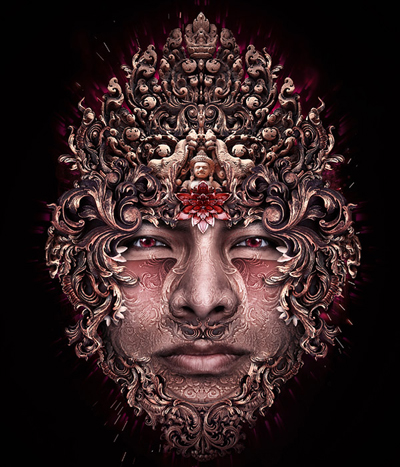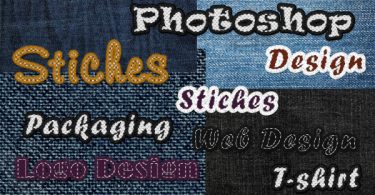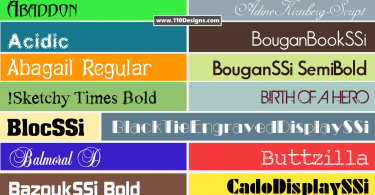Developing original work is something that artists strive for. Certainly we’re inspired by multiple sources, but ultimately it’s our synthesis of influence, discovery, passion, and process that determines the outcome of our work. Following are some steps you can take to drive your work forward into original frontiers.
1. Plan for Originality of Concept
What original thought or combination of ideas can you bring together on your next project. Any type of artists needs original concepts. What idea are you trying to express? If you find yourself getting to wrapped up in style, then try writing verbally, or sketching roughly.
I’ve found writing concepts at really early stages in the art process allows me to explore pure ideas to come up with original solutions before beginning the research process of selecting imagery. It can influence each stage of the design process. Quick sketching also allows you to explore these ideas that you have. You can evaluate many of these concepts in a short period of time.
Consider that a working illustrator or designer is often presented with client needs. Design brief’s can spark original solutions to these real world problems. Try brainstorming, mind mapping, thumbnail sketching, and any other quick way to capture concepts to fluidly arrive at unique solutions.

2. Experiment and Capture Random Occurrences
Experimentation and happy accidents are often things that will lead you in newly discovered directions. You can set situations for experimentation to force yourself into new ground. If you don’t know a particular tool in Photoshop, pull it out, and work with it until you’ve made something unique. If you’ve never used your scanner, then spend an afternoon scanning in random textures from around the house, and then use them in an illustration. Set up these kind of forced personal projects to experiment and grow as an artist.
Of course, be open to things happening while your working as well. At any moment something unexpected can happen. It might even be wrong for the current project you’re working on, but file that interesting random occurrence away somewhere in your head, and then look for the right project to apply it to in the future.
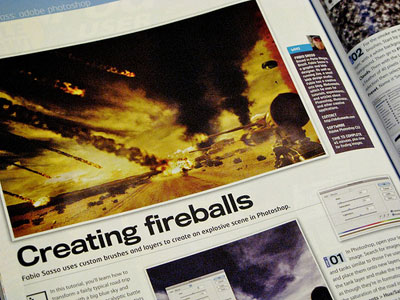
3. Consider One Source Versus Many Sources of Influence
As artists and designers, we have many sources of inspiration. We should avoid being influenced too strongly from a single source of influence. In fact, the very act of synthesizing multiple sources of influence will lead to more original works.
One source of influence leads to at worst “copies” and at best “derivative works.” Both of which we should work towards rising above. Below is a simple diagram. The top shows an example of one source of inspiration, like Alt-dragging an element on the screen. The example below shows how the very act of synthesizing multiple sources of influence leads to more original work. Though don’t assume that just because your inspired by multiple sources that your work is original. Instead, continually strive to break new ground.

An artist typically is inspired by other artists work at different stages in their growth. Feel free to learn as much as you can about an artist: their approach, techniques, and more – dig deeper than their surface style. Also, consider how you process this influence. When we process influences we absorb them into our current practices with the idea of improving our skill and final artwork.
How one artist approaches research might be more comprehensive than your approach for example, so learning how to do that better would help you to create more original artwork. You can really apply this to anything. Looking at how an artist technically brings 3D elements into a design might teach you how to use that approach in a different context.

4. Develop Your Passion and Unique Artistic Vision
Part of what drives us forward is our passion. We become interested in art and specific areas of art because something compels us. Your inner drive will propel you to learn new areas of art and design. You may begin by being inspired by the most popular artists of today and end up fascinated with the Bauhaus artists next month. Or, you might be completely absorbed by digital painting and then suddenly discover vector graphics.
Your unique artistic vision is the synthesis of your training, passion, and experience. It’s something you develop over time. Artists explore different types of work, experiment, and pull together all this knowledge.
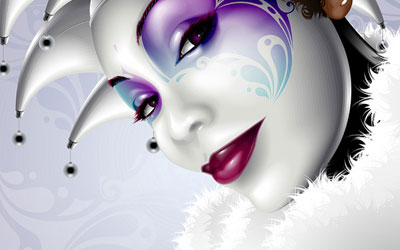
5. Refine Your Process and Skill Set
All artists will follow some tradition, often multiple traditions. You may be influenced heavily by cartoonists and read vehemently on the subject, or practice numerous tutorials and learn the process of creating a cartoon character from the best educators in that field. You may have gone to school for 3D art and leaned Maya inside and out and. Any artwork your inspired by has traditions behind it, often a combination of multiple disciplines.
The more you refine your approaches and techniques the more skilled your work will become. This doesn’t necessary lead to originality on it’s own, but if you’re able to create original work with a high-level of craft, it will be difficult for others to emulate. Take the case of someone that draws exceptionally. Drawing is one of the oldest art forms, with numerous traditions and techniques that can be mastered, all of which are difficult to emulate without time consuming practice.

6. Set Obtainable Goals and Challenges
I think we all know how to set and achieve goals, but let’s review this a bit. Let’s say you’ve become interested in Digital Painting.
You should schedule a time the following week to research the subject. Learn who the masters of Digital Painting are. Then read up on their articles and study their artwork. Once you’ve absorbed that, set a new goal of creating your own work. Set your goals in small specific steps, but also plan on how to bring it all together into your own work.
Challenges are something similar to goals, you’re trying to accomplish something, but they are a bit different. Let’s say you have been working in Digital Painting for a few months. You might decide to set yourself a challenge of painting a flying car, or combining your brush skills with photo-manipulation techniques. A challenge is something often a bit difficult to achieve, and requires tremendous effort, but is still obtainable.

7. Achieve Self-Direction Through Hard-Won Success
At some point artists graduate to a point where their process, interests, and experience has led them to a state of self-direction. They may look at others work and appreciate it, and who knows maybe it rubs off on them a bit, but for the most part they have a way of doing things, a unique well developed process, and can consistently produce high-quality original work. Often, this originality is the result of triumphant effort: hard won skills obtained through study, practice, and multiple successful projects.
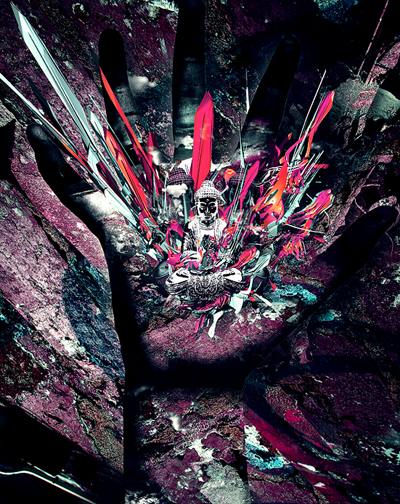
Conclusion
These concept will likely have been driven into you already, especially if you attend art or design school, but many young designers are going it alone and learning from self-study and research from various online resources. So, the concept of creating high-quality original artwork may seem like a difficult obstacle, but if you set progressive challenges you’ll reach your goals.
Subscribe to our Newsletter!

